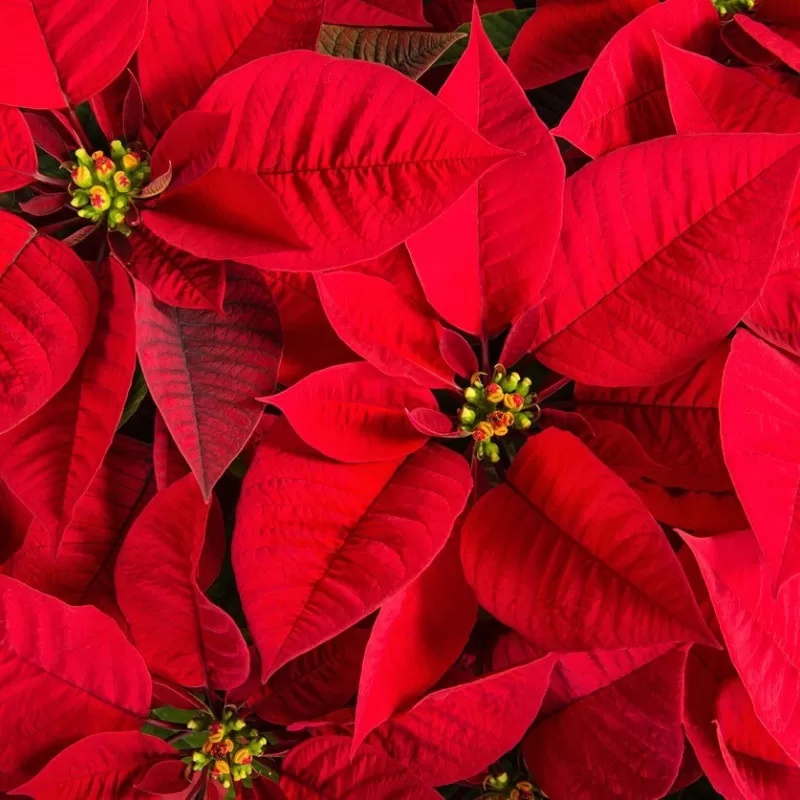A Guide to Greenhouses and How They Can Be Used for Different Plants
A Guide to Greenhouses and How They Can Be Used for Different Plants
Ranging in all shapes, sizes and materials, greenhouses are designed to provide warmth and protect plants from extreme weather conditions throughout the year. These garden structures allow for better plant growth by maintaining moisture and favourable temperatures in an enclosed space. Paired with a greenhouse irrigation system, greenhouses are a fantastic resource in your garden all year round.
As we’re heading to the peak of the winter season, we’re covering our top greenhouse tips and how they can be used for different plants throughout the year.
4 Year-Round Uses for Your Greenhouse
Growing winter salad vegetables
In winter, greenhouses protect plants from cold temperatures and harsh winds, and keep any tender plants frost-free - so there are plenty of plants that you can grow in a greenhouse!
Hardy salad leaves such as winter gem and mustard greens are perfect for winter greenhouses. If you manage to keep your greenhouse at the optimum temperature, these delicious vegetables can grow throughout the colder months, so you can make the most of your garden in winter.
Mint and dill are also great herbs to plant over winter as they can withstand the cold. But if you’re wanting to grow Mediterranean herbs such as sage and thyme in the cooler months, we recommend growing them in a warm greenhouse where they can thrive!
Overwintering tender garden plants
Overwintering is the process in which we protect our plants over the winter season. In frost-prone areas, an unheated, frost-free greenhouse is the ideal place for overwintering tender perennials and garden plants, while a moist, heated greenhouse would be best for any tropical plants.
It’s important to keep an eye on the weather during the colder months as you’ll have to be prepared to overwinter plants at short notice depending on the conditions outside. When relocating and repotting your tender garden plants inside, we recommend using a border spade to gently pry the crop out of the soil without disturbing the root ball.

Summer basket propagation
Before the main growing season, you can start to prepare any summer hanging baskets. Not only do they provide seasonal colour, but these beautiful baskets are great for long lasting displays in your garden.
The first step is deciding which cuttings and plants you’d like to include in your seasonal display- we recommend pansies in the spring and bright petunias in the summer for that pop of colour! We also recommend using a good propagation medium that provides aeration, drainage and moisture holding characteristics, so your plants will be full of nutrients before displaying them in the summer months.
Once you have prepared your hanging basket, set up your hanging basket irrigation system and leave the hanging basket in your greenhouse for around 10-12 weeks to germinate before the weather starts to get warmer.
Vegetable propagation
During the warmer months, greenhouses prevent crops from drying caused by the sun and can actually improve the quality of the plants instead. The structures are great for propagating vegetables and flowers, especially as some seeds and young plants require a warm, protected environment to germinate. Greenhouses are able to maintain any hydrated cuttings and prevent diseases in an enclosed space, resulting in better quality crops.
In late spring and early summer, greenhouses are also perfect for providing extra warmth for tender summer crops such as aubergines, tomatoes, and peppers, as they allow for larger crops and encourage quicker ripening. With Irrigatia’s SMART irrigation systems, you don’t need to worry about watering these plants, as they’ll be receiving the right amount of water depending on the weather- so say goodbye to blossom end rot!


